SUVs often represent a trade-off between high-performance engineering and long-term affordability. Models like the Land Rover Range Rover and BMW X5 showcase cutting-edge technology, off-road prowess, and luxury interiors, but their complexity leads to soaring repair bills over time.
Conversely, vehicles such as the Toyota RAV4 and Honda CR-V are engineered with accessibility, part commonality, and service simplicity in mind. This contrast highlights how initial appeal can mask ongoing expenses, and how modest, well-designed alternatives may offer greater value in the long run.
This analysis breaks down the hidden costs and benefits to help buyers make smarter, more sustainable SUV choices.
5 SUVs With Nightmarish Repairs
1. Cadillac Escalade: Bold Luxury with High Maintenance Costs
The Cadillac Escalade delivers commanding presence and luxury features, but often faces costly repairs after the warranty expires. Built on a body-on-frame truck platform, it offers strong towing but includes complex systems prone to shorter service lives. The Magnetic Ride Control suspension requires expensive full-set shock replacements around 60,000–80,000 miles.
Advanced convenience features like power-deployable running boards and liftgates frequently fail between 50,000–70,000 miles, costing over $1,500 per side to repair. Powertrain concerns include lifter failures in the 6.2L V8 engines and transmission issues that can cost up to $5,000.

The Escalade’s extensive electronics, including the problematic CUE infotainment system, often require costly module replacements. Interior wear on leather seats and dashboards appears prematurely, especially in harsh climates, adding to ownership expenses. These factors combine to make the Escalade a luxury SUV with significant ongoing maintenance costs despite its prestigious image.
2. Audi Q7: Luxury Engineering with High Repair Costs
The Audi Q7 blends German luxury and advanced performance, but carries high long-term repair expenses. Its sleek design results in tightly packed engine bays, making even basic repairs like timing chain or water pump replacements labor-intensive and costly. Audi parts are pricey, often exceeding other luxury brands, with specialized components like air suspension parts costing hundreds of dollars each.
The Q7’s air suspension is a common failure point, with compressors and struts frequently needing replacement between 60,000–100,000 miles, sometimes costing over $5,000. Electronic systems, including the MMI infotainment and ignition modules, often fail and require expensive dealer-only repairs.
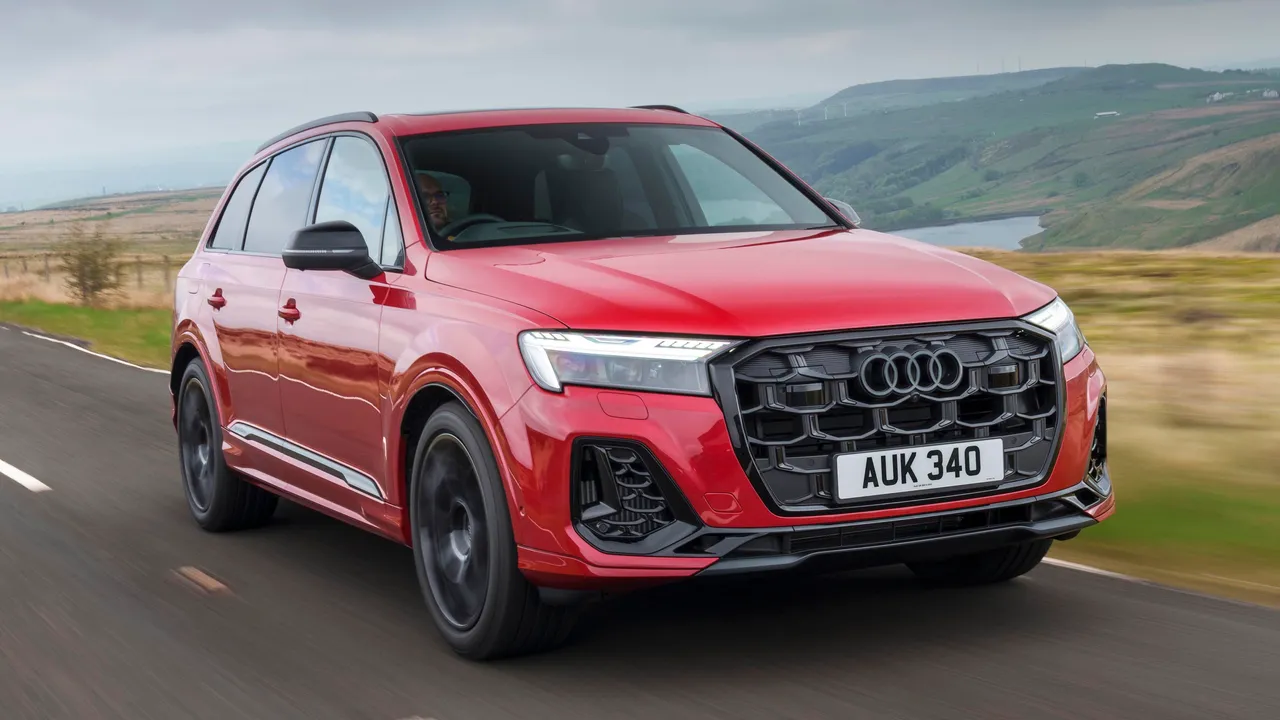
Powertrain problems add to ownership costs, especially timing chain tensioner failures in V6 engines and costly fuel system issues in diesel variants. Older V8 models face severe engine damage risks, leading to repairs that can surpass $15,000. These significant repair needs often arise when the vehicle passes to second or third owners, making ownership expensive beyond the warranty period.
3. Mercedes-Benz GLE: Luxury Comes at a High Cost
The Mercedes-Benz GLE, formerly the ML-Class, is a showcase of German engineering and luxury—but its sophistication brings steep repair costs. Built with tightly integrated systems, a single fault often triggers issues across multiple components, complicating diagnostics and inflating labor hours. Even routine maintenance like brake services can exceed $1,000, especially with genuine parts.
Parts are often dealer-exclusive and carry high markups, and the use of aftermarket alternatives risks compatibility problems. The AIRMATIC air suspension is a common failure point, with repairs often topping $5,000 due to system-wide replacements.
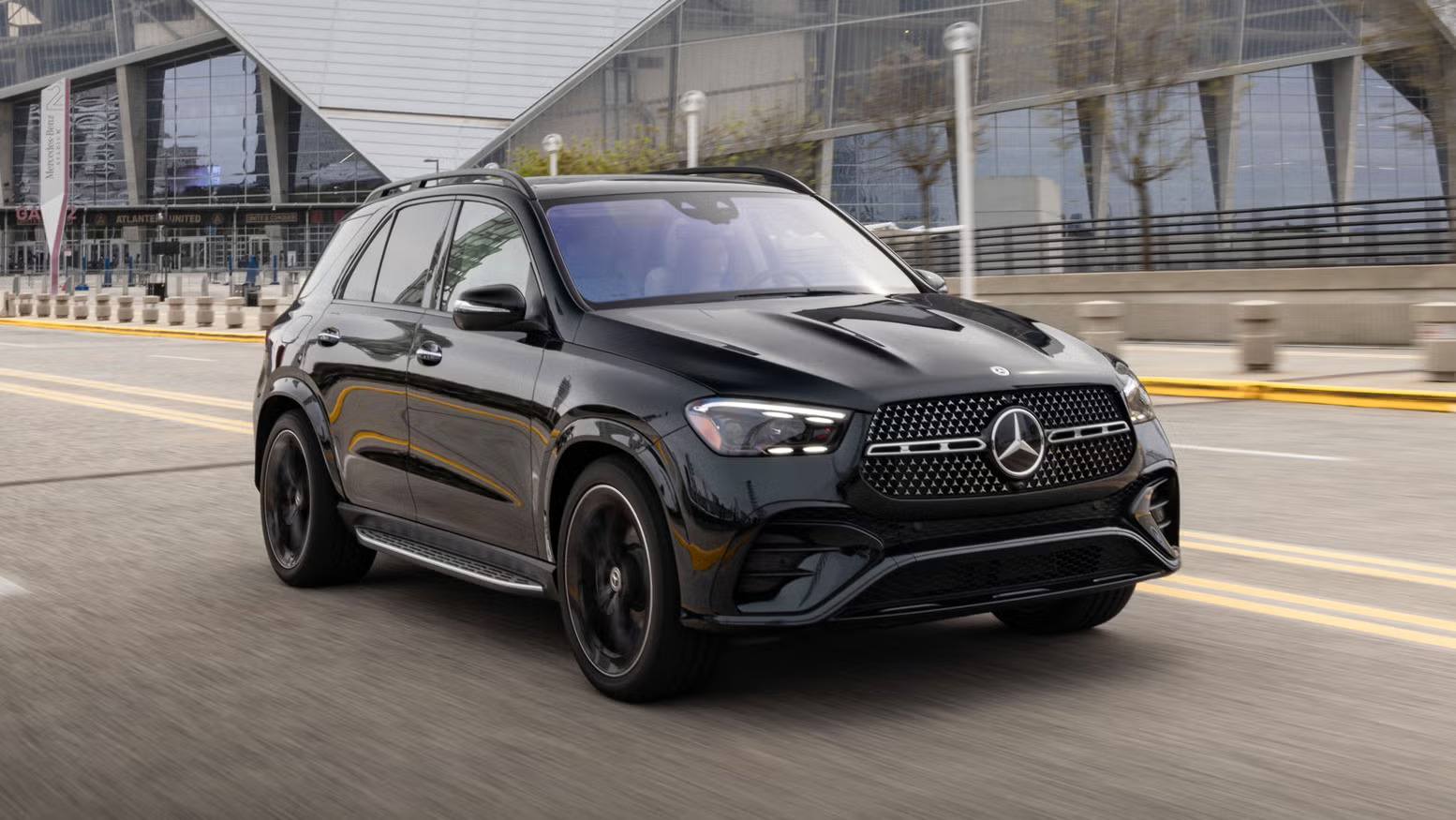
Electronics pose additional challenges. Control modules can fail from exposure to heat or moisture, and fixes like infotainment or steering lock module replacements cost thousands.
Powertrain concerns—including AdBlue system failures in diesels and oil leaks in V8s—can require extensive labor and expense, often just after warranties expire. For second-hand buyers, the GLE’s repair demands can be financially overwhelming.
4. Land Rover Range Rover: Prestige Meets Pricey Repairs
The Land Rover Range Rover delivers world-class luxury and capability—but at a cost that extends far beyond its purchase price. Known for off-road excellence and refined comfort, the Range Rover’s complex engineering and exclusive components often make post-warranty ownership financially challenging.
Designed to perform in extreme conditions, it uses highly specialized parts with minimal compatibility across other models. This lack of parts standardization drives up costs, with replacements priced more for uniqueness than value.
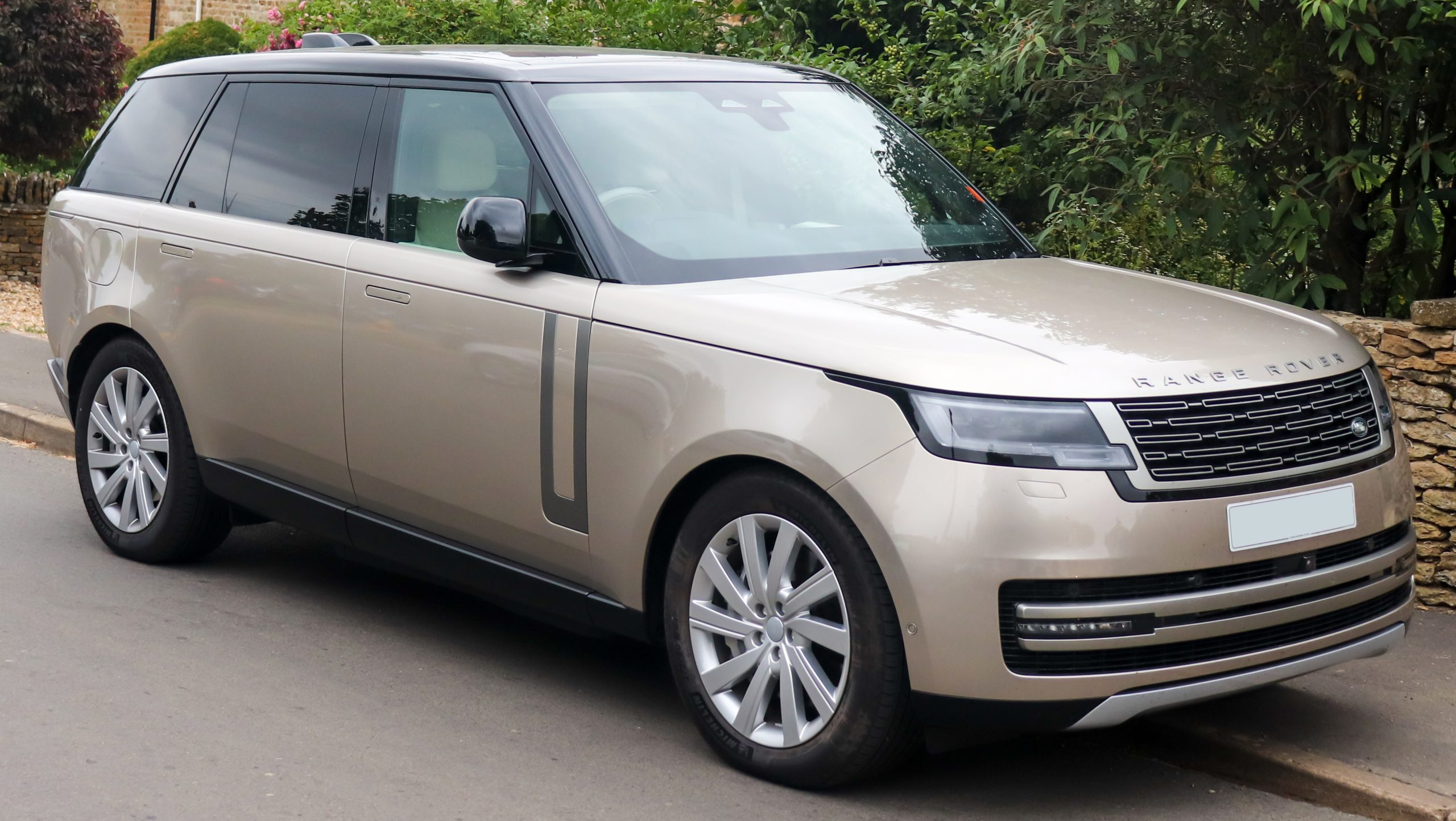
Its advanced systems—air suspension, terrain response, and deployable features—require dealer-only diagnostics and factory-trained technicians, inflating labor expenses. Even routine tasks like brake service can demand proprietary tools.
Frequent issues include failing air suspensions, electronic parking brakes, and climate systems. More critically, older models face powertrain problems like timing chain failures or ZF transmission breakdowns, with repairs running into thousands.
While depreciation makes them tempting on the used market, ongoing repair demands often overwhelm unprepared owners.
5. BMW X5: Predictable Failures and Escalating Repair Patterns
As BMW X5s age, a clear pattern of failure emerges, turning predictable problems into substantial financial burdens. The pneumatic suspension system, known for its smooth ride, frequently requires expensive strut replacements, while transfer cases and AWD components tend to fail around the 80,000-100,000 mile mark.
Cooling system components like water pumps and thermostats often need replacement every 60,000-80,000 miles, far sooner than in non-premium vehicles. Engine-specific issues compound the expense: the N63 V8 is infamous for oil consumption and timing chain problems, while diesel models suffer from fuel pump failures that contaminate the entire system.
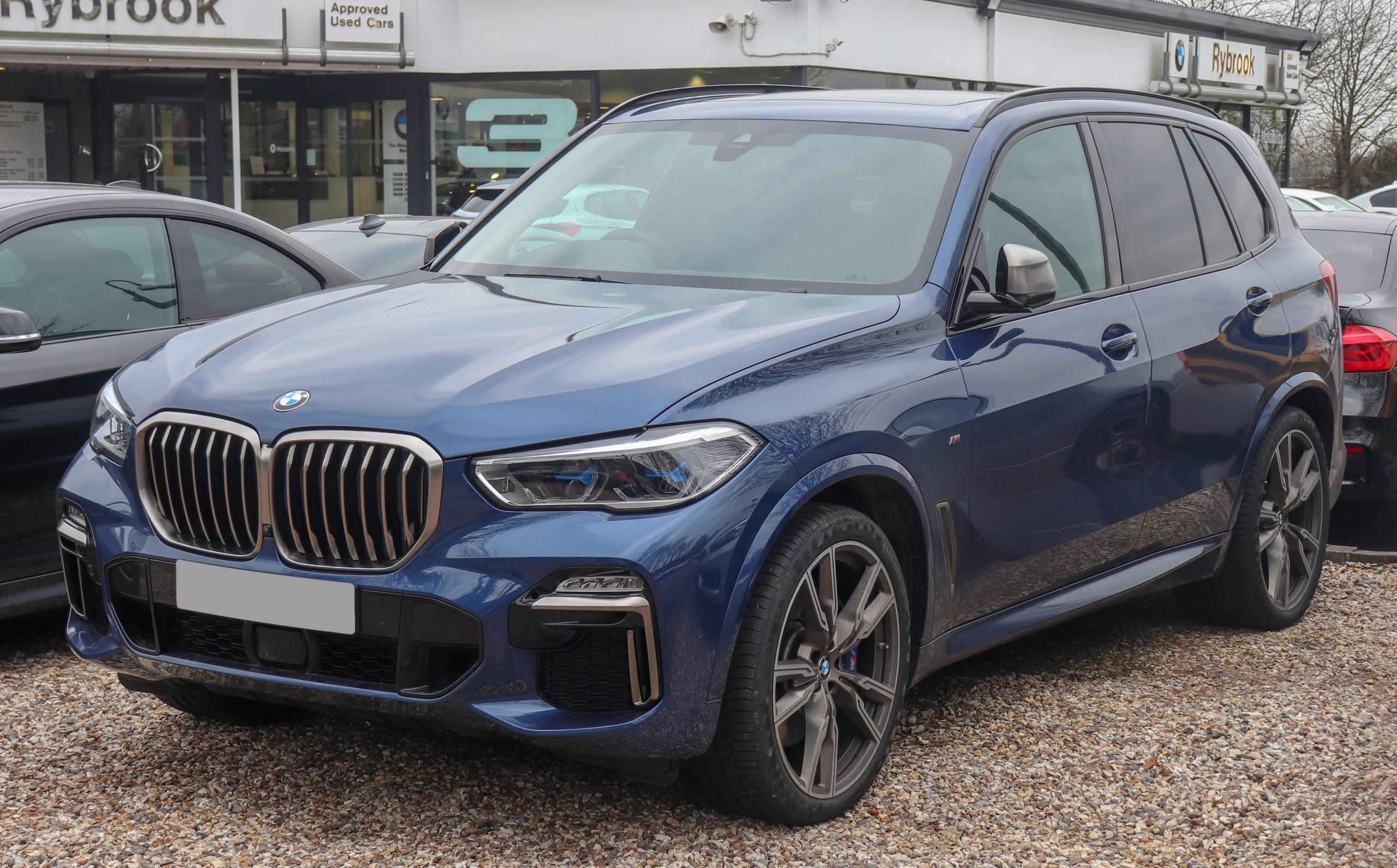
Even the more robust six-cylinder variants aren’t immune, with oil leaks that require hours of labor to access and fix. This accumulation of known, high-cost repairs makes the X5 difficult to maintain economically as it ages, especially for second owners unaware of the looming financial commitments.
Also Read: Top 5 Cars That Dont Require Premium Gas and 5 That Cant Run Without It
5 SUVs That Are Surprisingly Easy
1. Honda CR-V: Reliable, Repair-Friendly, and Built to Last
The Honda CR-V remains one of the most repair-friendly compact SUVs on the market, thanks to Honda’s commitment to standardized engineering and practical design. Shared components across the Honda lineup keep parts prices low and widely available, while the engine bay is laid out for easy access to essential maintenance items like spark plugs and filters.
Its powertrains—the 1.5L turbo and 2.0L hybrid—follow proven designs that reduce the risk of major failures. Timing chains replace belts for longer service life, and the refined transmission design minimizes common issues. Mechanics appreciate the CR-V’s lower labor time for routine repairs, like brake pad swaps and suspension work.
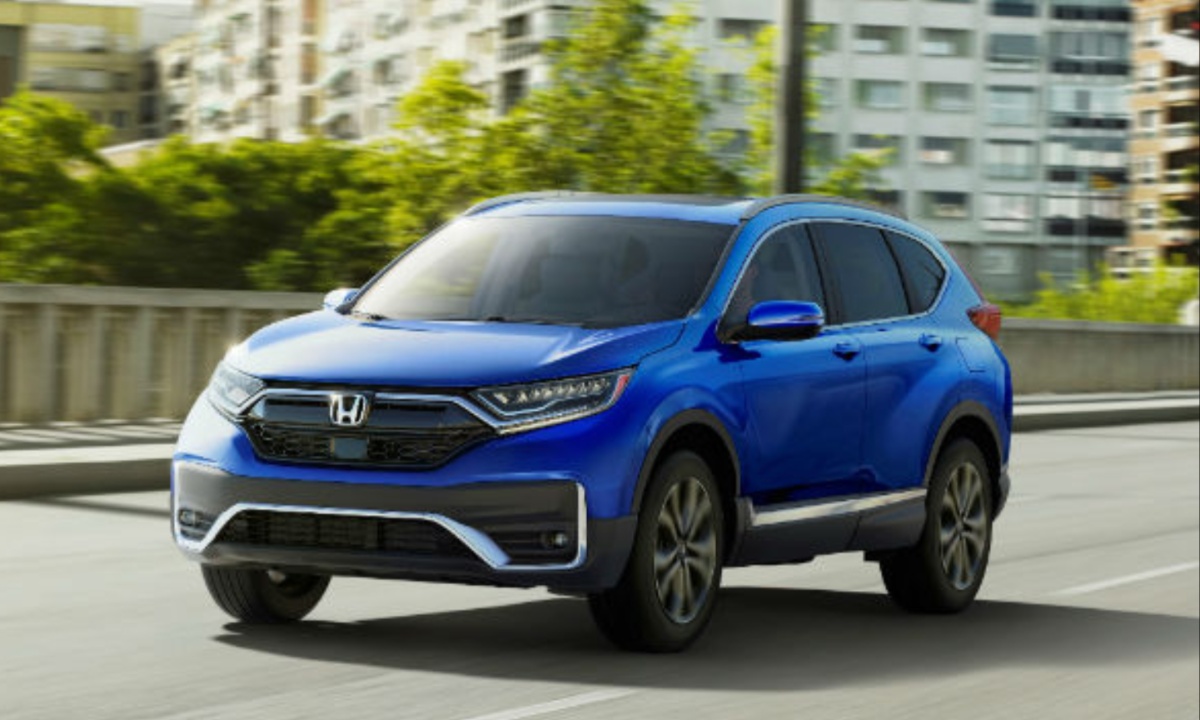
The CR-V also benefits from robust aftermarket support and a thriving DIY community, making maintenance even more affordable. Past issues, like AC failures and oil dilution, have been addressed in newer models, enhancing their reputation for long-term dependability and low ownership costs.
2. Toyota RAV4: Conservative Engineering with Big Savings
The Toyota RAV4 exemplifies how incremental innovation can lead to major savings. By refining rather than constantly overhauling its systems, Toyota has produced an SUV that is not only reliable but also cost-effective to maintain.
Its 2.5-liter naturally aspirated engine avoids the complications associated with turbocharging, and the standard automatic transmission has matured into a model of reliability.
Toyota’s global presence and the RAV4’s popularity ensure that parts are widely available and competitively priced, including hybrid components like the battery pack, which benefits from Toyota’s experience and scale.
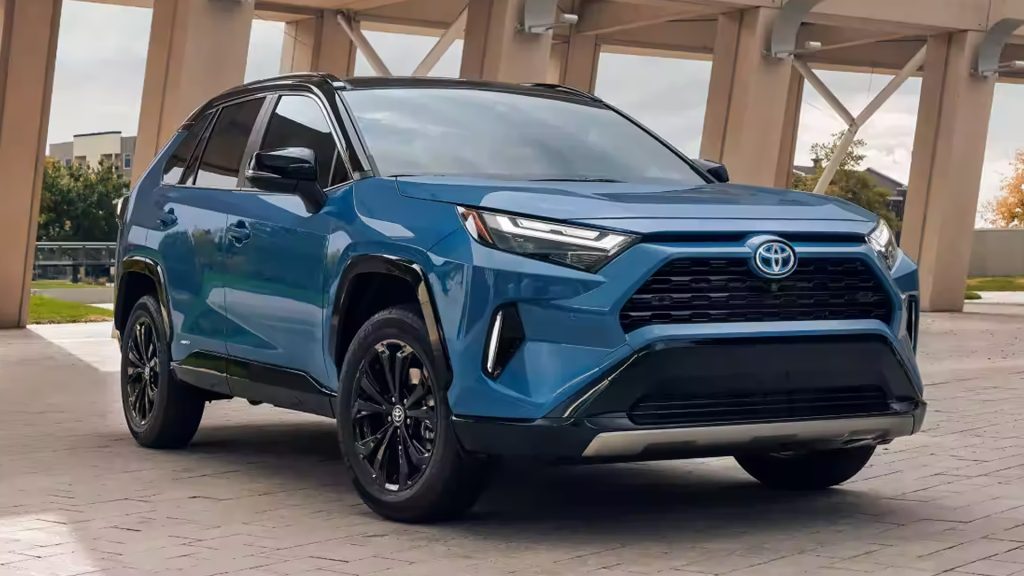
The RAV4’s serviceable design simplifies labor-intensive tasks, and its logical electronic system architecture means even independent mechanics can handle diagnostics without specialized dealer tools.
As a result, even the hybrid model avoids the high repair costs typical of electrified vehicles. Toyota’s conservative approach pays dividends to owners who enjoy long-term savings and dependable operation with minimal financial surprises.
3. Subaru Forester: Quirky Design, Predictable Costs
While the Subaru Forester’s unique features, like a boxer engine and symmetrical all-wheel drive, may seem like they would complicate repairs, Subaru’s long-term commitment to refining these systems has actually made the Forester one of the more affordable SUVs to maintain.
Subaru’s evolutionary approach means that issues are well-understood, documentation is comprehensive, and parts compatibility is high across generations. Though the boxer engine presents minor accessibility challenges, they are offset by standardized repair protocols that minimize labor costs.
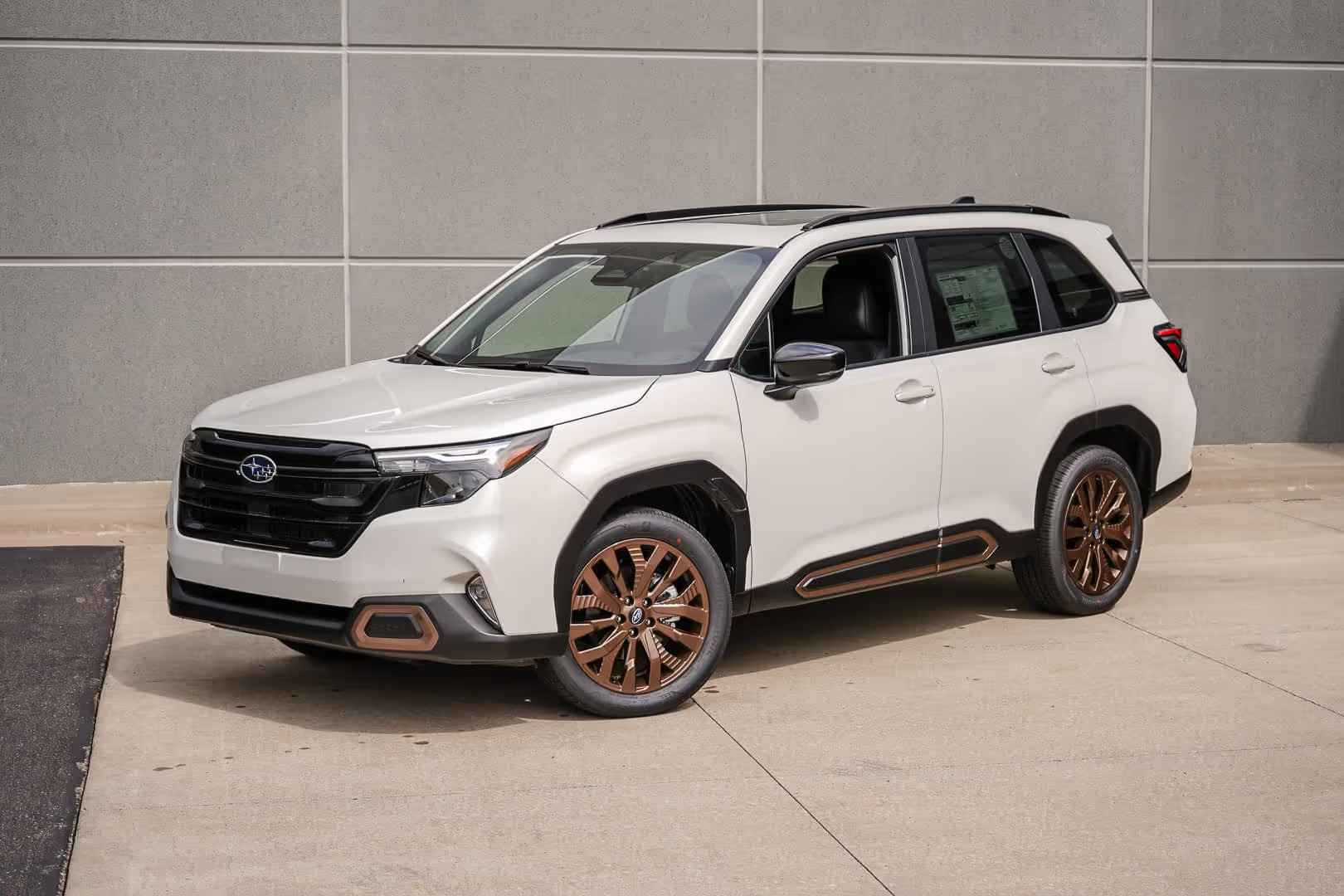
The AWD system, designed from the ground up rather than retrofitted, is both durable and efficient to service. Subaru’s popularity in cold-weather regions has led to a robust aftermarket, lowering parts prices and increasing availability.
Common issues like head gasket wear and oil consumption are so well documented that they can be addressed preemptively during routine service. This predictability turns potential liabilities into manageable maintenance, reinforcing the Forester’s position as a repair-friendly SUV.
4. Kia Sportage: Budget SUV, Premium Repair Economics
The Kia Sportage has undergone a remarkable transformation, evolving from a budget-friendly option into a strong contender known for its repair economy. Kia’s strategy of extensive parts sharing with Hyundai, as well as standardization across its lineup, ensures that repairs remain affordable.
The long warranty period—10 years or 100,000 miles—compels Kia to prioritize durable engineering to avoid warranty claims, indirectly ensuring that fewer repairs are needed even after coverage ends.

The Sportage’s layout is intentionally service-friendly; components like spark plugs, filters, and alternators are accessible without excessive disassembly. Kia’s straightforward electrical systems support rapid diagnostics and reduce labor time, even for electronic faults.
Notably, the Sportage achieves this without compromising modern amenities—advanced safety tech and hybrid options are built with modularity in mind, keeping replacement costs reasonable.
This focus on pragmatic design and repairability, combined with generous warranty backing, makes the Sportage one of the most financially sound SUVs to own.
5. Mazda CX-5: Luxury Feel, Maintenance Value
Mazda’s CX-5 proves that luxury-like quality doesn’t have to come with luxury-level maintenance costs. With its high-compression, naturally aspirated SkyActiv-G engines and refined six-speed transmissions, Mazda avoids the complications and failure points common to turbocharged and multi-gear rivals.
The CX-5 benefits from Mazda’s smart part-sharing strategy, where components are standardized across the lineup, driving down production and repair costs. The SUV’s clean engineering also translates to easier repairs: routine services are accessible, and even major repairs don’t require disassembling unrelated systems.

Its electrical systems are organized and durable, limiting expensive diagnostic sessions. Mazda’s restrained fluid change intervals and low oil consumption further reduce running costs.
Despite offering a driving experience and cabin quality that rival European brands, the CX-5 retains the down-to-earth reliability and repair economy of a well-engineered Japanese vehicle. This makes it an ideal choice for those wanting a premium feel without the financial strain associated with premium badges.
An SUV’s true value reveals itself long after the initial purchase. While premium models like the Range Rover and BMW X5 impress early with luxury and capability, their maintenance demands can quickly outpace expectations.
More practical choices like the RAV4, Forester, and CX-5 demonstrate that reliability and cost-effective design can deliver long-term satisfaction without draining your wallet.
Shoppers focused on lasting value rather than short-term prestige will find that engineering for serviceability pays dividends. When it comes to ownership experience, it’s not just about what a vehicle can do, but how much it asks of you after the warranty ends.
Also Read: 5 Cars That Keep Working in Texas Heat and 5 That Overheat Instantly

